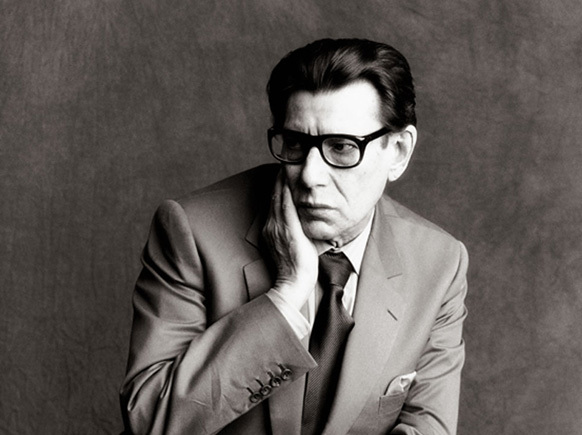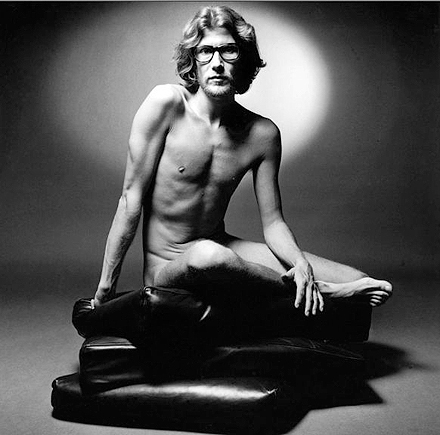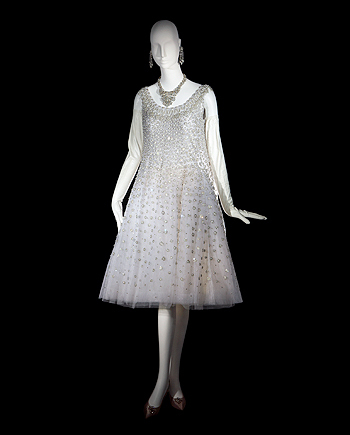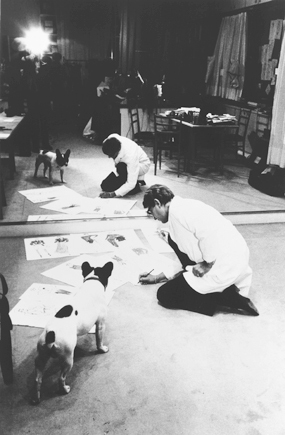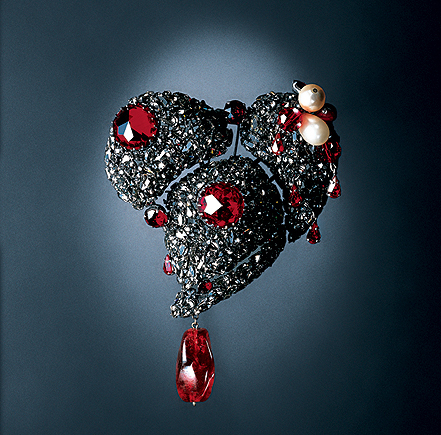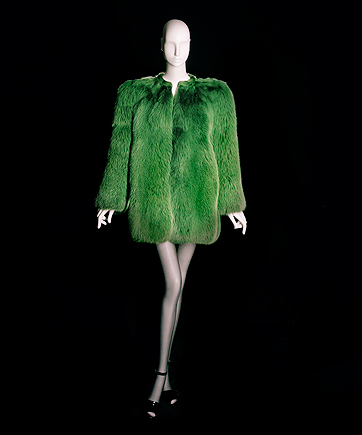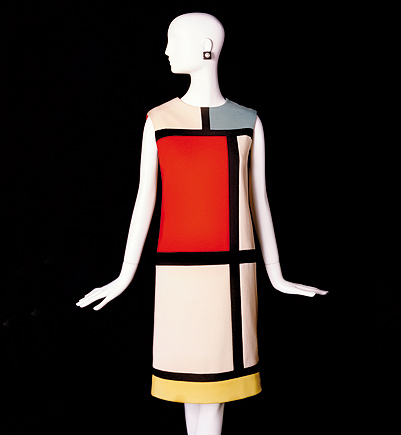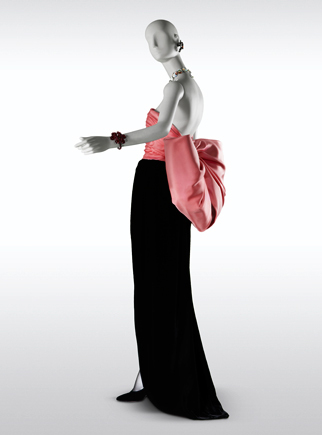Perfect Parisian style revisited
The artiste was originally known by his full name, Monsieur Henri Donat Mathieu-Yves-Saint-Laurent.
Now, he is known as both a three-letter logo on pricey lipsticks and, to costume historians, the architect of a total revolution in women’s clothing.
On this occasion, the visionary behind le smoking (the “women’s tuxedo”), safari jackets and see-through chiffon, has received a massive summer 2010 retrospective at the Petit Palais.
The point is that everything, from the staid venue to the exposition’s wealth of different media, which includes audio, video, tableaux and photographs, is there to remind visitors of remind the viewer of Saint Laurent’s many “firsts”. Among three hundred stunning examples of his haute couture are many innovations pillaged by later designers: the conical breasts reprised by Jean-Paul Gaultier, the metal body moulds over silk used by Issey Miyake and elaborate, theatrical “theme” collections that became the turf of Lacroix, Galliano and McQueen.
Two things typify YSL. One, Saint-Laurent proved brilliant at merging traditional structures of masculine power (suits, uniforms, trousers) with tailoring’s most feminine tools of seduction. Two, from the mid-60’s through the mid-70’s, he also excelled at capturing the moment of Warhol, disco and drugs. Even though he was using the least likely of vehicles, haute couture and ready-to-wear.
His signature is a silhouette that, while long and slim, holds plenty of force in its poise. What became YSL’s trademark shoulder started with a quotation of Coco Chanel’s narrow, high armhole. However, where she had used this trick to create leaner lines, YSL turned it into a fully androgynous show of power. His wider, sharper shoulders were created in partnership with Jean-Pierre Debord, a master technician who worked under him for thirty-eight years.
The exhibition’s lynchpin is the infamous 1971 ‘Scandale’ collection. Its platform heels, tall velvet turbans and louche, low-cut dresses foresaw the high-street vogue for 1940’s retro. However, it also flaunted tarty allusions to the French Occupation. At that time, deprived of hairdressers, Parisiennes had made use of turbans while forced to wear souliers compensés – shoes with high, crude wooden soles. The fury this cheeky collection unleashed is fully revisited in the show, via blown-up copies of its uniformly hostile reviews. Yet the clothes sent a signal Saint Laurent would take fashion wherever he wanted.
About that Parisian “tell-all” book...Despite claims by the new bio Saint-Laurent mauvais garcon, YSL’s breakdowns, depressions and addictions have long been common knowledge. What shocked Parisians about this? Not its allegations of rough sex, hard drugs or bad tempers. It is author Marie-Dominique Lelièvre’s thesis that couture has never been art – that while an artist reinvents our world, a couturier “only dresses it.”
What the book can’t contradict is the image nurtured carefully throughout Saint-Laurent’s career by the constant work of YSL and his lover, business boss and heir Pierre Bergé. The image they sought was never one of just ‘an artist’, but of a singular artist who was quintessentially French. Saint-Laurent’s lifelong, insistent focus on Proust, on opera, on French visual art, all abundantly visible throughout the exposition, helped YSL turn himself into the perfect Parisian.
With this exhibit, suggested by Paris Mayor Betrand Delanoë and “patronized” by former YSL model Carla Bruni-Sarkozy, the city confirms that status. It is further enhanced by L’Amour Fou, the touching movie that followed; it detailed Bergé’s decision to auction the couple’s entire collection of art, antiques and furniture.


